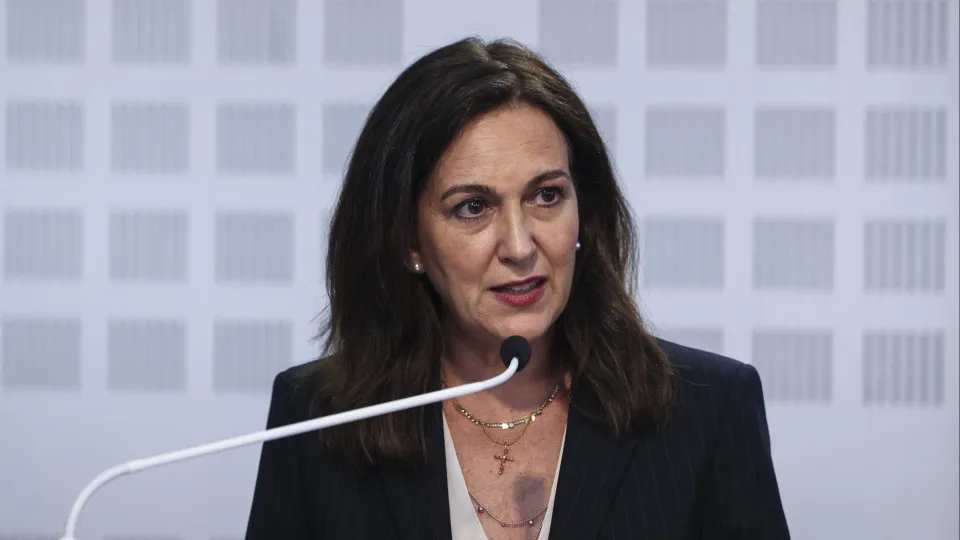
The deliberative meeting of the union’s highest body is set to outline the plan of action for the next three years, focusing on the future of the National Health Service (SNS), which is facing a “very bleak scenario,” according to the federation’s president.
“We are witnessing a government strategy that we believe threatens the survival of the SNS, as managed by Luís Montenegro and the current minister Ana Paula Martins,” noted Joana Bordalo e Sá.
The 14th Congress of Fnam takes place amid “a significant lack of political will” to address public health service issues, as the current “government cycle is pushing the SNS towards a spiral of destruction.”
“There is a shortage of doctors and an abundance of problems,” warned the union leader, blaming the government’s policies for affecting the quality of patient care, citing issues like the lack of family doctors and emergency service constraints.
An “unprecedented devaluation of the profession,” marked by a loss of purchasing power over recent decades, is another key topic for the union congress.
“In 2012, a doctor starting their career earned 6.2 times the national minimum wage. By 2027, this ratio will drop to 3.6. For senior doctors, the drop is dramatic. It was 11 times the minimum wage in 2012 and will fall to 5.9 by 2027,” lamented Joana Bordalo e Sá.
“This devaluation also explains the increasing exodus of doctors to the private sector and abroad,” emphasized the Fnam president, adding that topics like medical careers, recruitment processes, progression, and the reintegration of internships in career paths will be discussed over the weekend.
According to Fnam, delegates will also elect a new National Council during the congress, where strategic and advocacy guidelines for the federation’s future activities will be established.
The medical unions of the Southern and Central regions were created in 1979, and later, in 1981, the Northern Medical Union was formalized.
In 1986, an informal structure called the National Coordination of Medical Unions was established to ensure cohesion among these three regional unions. The Fnam was formally established two years later.
The federation’s congress is held every three years.




